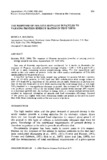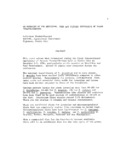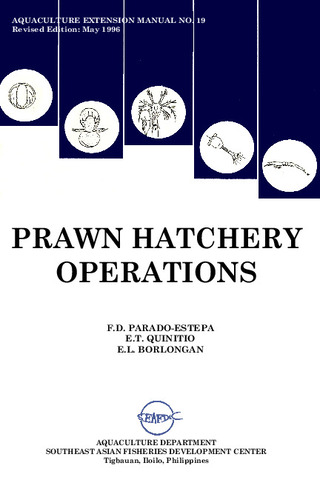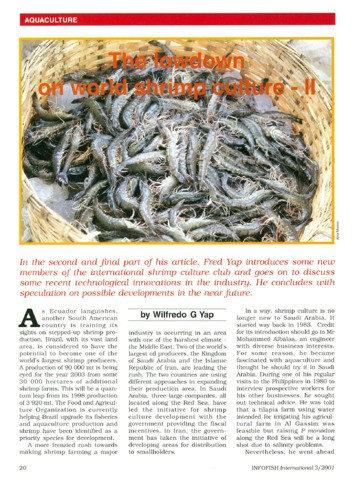The response of Penaeus monodon juveniles to varying protein/energy ratios in test diets
Share
Abstract
Two sets of factorial experiments were conducted for 8 weeks to determine the response of Penaeus monodon juveniles (average weights = 0.60 ± 0.16 g and 0.80 ± 0.05 g) to diets containing various protein/energy ratios. The first experiment used casein as the sole source of protein, while the other used a combination of 70%:30% casein:gelatin for its protein source.
A two-fold increase in the body weight was achieved for prawns fed diet combinations of 40-50% protein, 5-10% lipid and 20% carbohydrate with energy values of 285-370 kcal/100 g, regardless of the protein source used. Reduction in protein content of the diet from 50% to 40% while maintaining the total energy level at 330 kcal/100 g resulted in a non-significant decrease in growth. The inclusion of 15% lipid in the diet produced adverse effects on the animal while sucrose levels beyond 20% resulted in a decreased growth rate. An increase in energy level, at constant dietary protein level, resulted in improved utilization of protein and feed conversion efficiency. Survival of the prawn was higher with diets containing casein and gelatin as the protein source than with those containing casein as the sole source of protein.
Suggested Citation
Bautista, M. N. (1986). The response of Penaeus monodon juveniles to varying protein/energy ratios in test diets. Aquaculture , 53(3-4), 229-242. https://doi.org/10.1016/0044-8486(86)90353-4
Subject
Taxonomic term
Collections
- AQD Journal Articles [1249]
Related items
Showing items related by title, author, creator and subject.
-
An overview of the nutrition, feed and feeding techniques of prawn penaeid/shrimps
Piedad-Pascual, Felicitas (Philippine Council for Aquatic and Marine Research and Development, 1989)This paper echoes what transpired during the first International Conference of Penaeid Prawns/Shrimps held in Iloilo City in December 4-7, 1984, particularly on the Nutrition nd Feed Development. Around 25 papers were ... -
Prawn hatchery operations
Parado-Estepa, Fe D.; Quinitio, Emilia T.; Borlongan, Emeterio L. (Aquaculture Department, Southeast Asian Fisheries Development Center, 1996-05)The manual, an updated version of the 1984 SEAFDEC/AQD manual, presents the underlying principles and step-by-step instructions of prawn larval and post-larval rearing. The techniques described are not only applicable to ... -
The lowdown on world shrimp culture - II
Yap, Wilfredo G. (INFOFISH, 2001)This paper introduces some new members of the international shrimp culture club and goes on to discuss some recent technological innovations in the industry, particularly the polyculture of tilapia (mainly Oreochromis ...




